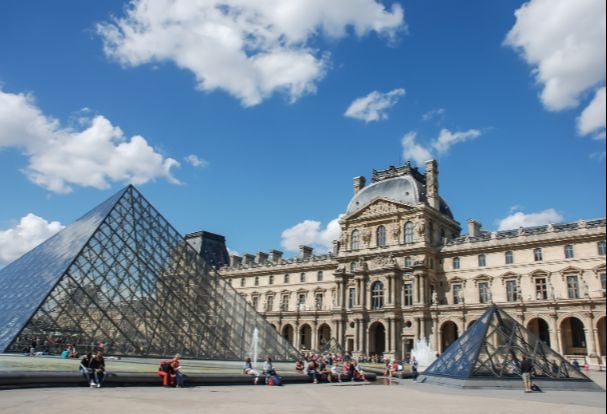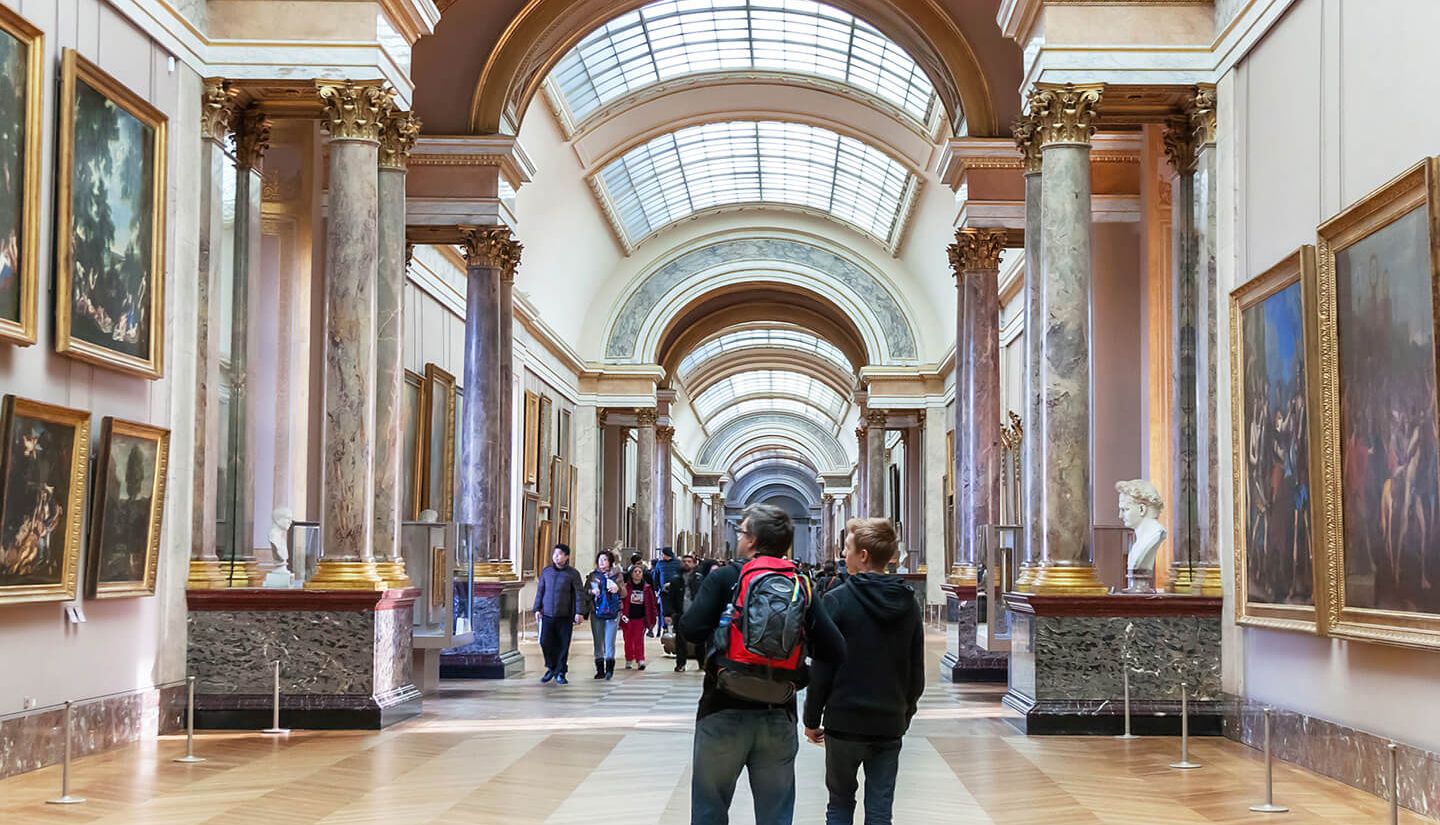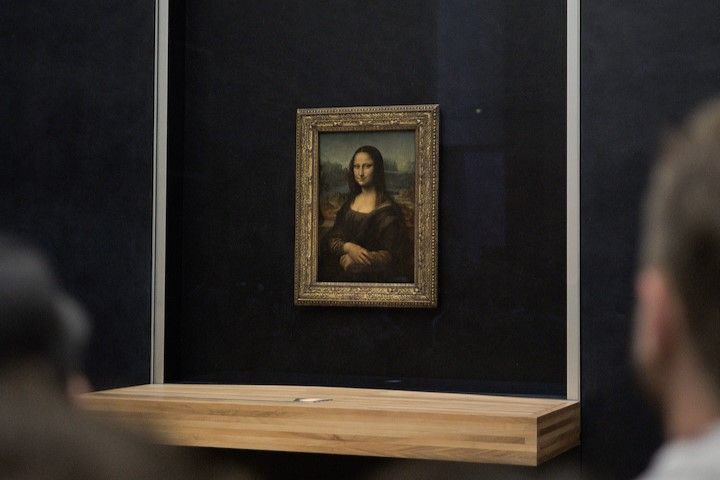Sculptures Department

The Sculptures Department was originally part of the Antiquities Department. This limited the works that could be exhibited because, apart from the works of Michelangelo, there were only ancient sculptures. Since 1871, the Sculptures Department has been separate. It now houses sculptures from France, Italy, and northern Europe. The period covered runs from the Middle Ages to the beginning of the 19th century.
The largest collection of French sculptures in the world
Even as far back as the time of the absolute monarchy, the Palais du Louvre was a setting for antique statues. The museum’s establishment in 1793 did not bring with it the admission of modern sculptures. It was in 1824 that they came to the Louvre with the opening of a dedicated museum in the Angoulême Gallery, on the west side of the Cour Carrée. The collection has been enhanced with the transfer of Renaissance works and pieces from Versailles where there was a historical museum project. Contributions continued into the 20th century, and the decision was made in 1986 to send sculptures dating from the second half of the 19th century to the Musée d’Orsay. Nowadays, the Sculptures Department is known as one of the most beautiful collections of French sculptures in the world. Specialized and vast, it showcases the statues produced and the designs that subsequently inspired many artistic projects. This collection is also what draws onlookers as it is visible from the outside thanks to the bay windows inside the Richelieu passageway.
Getting to the Sculptures Department
The Sculptures Department occupies an area over 2 floors. On the mezzanine next to the Richelieu wing, you will see the French sculptures in the Marly and Puget courtyards. The 1st floor of the Richelieu wing is accessible from the courtyards to see the rest of the French sculptures collection.
Then head to the mezzanine in the Denon wing where you will find a gallery accessible to visually impaired visitors. The casts in the Tactile Gallery provide an opportunity for blind and visually impaired visitors to get up close and personal with the sculptures. On the mezzanine of the Denon wing, Spanish, northern European and Italian sculptures are exhibited. The exhibition continues on the 1st floor.
5 important sculptures
Satan
This statue was made by Jean-Jacques Feuchère, known also as just Jacques. This bronze statue dating from 1833 shows Satan in a pensive or melancholic pose. Apart from his wings and horns, he looks very human. It is the illustration of the fallen angel, a type of representation preferred at that time by Romantic artists.
Where to find it: Richelieu wing, 1st floor, room 33
Diana the Huntress
In 1790, Jean-Antoine Houdon sculpted this representation of the goddess Diana in a hunting scene. He created an athletic and nude silhouette balancing on tiptoes, as if captured in a running movement. At the time, the statue caused controversy because of the figure’s nudity. Contemporaries were more used to seeing Diana clothed, like in Diana with Doe, versions of which can be seen all around the world.
Where to find it: Richelieu wing, 1st floor
The Dying Slave
This piece was made by the old master Michelangelo. There are actually two slaves by Michelangelo, thought to have been made between 1513 and 1516. They are so beautiful you would not think they were unfinished, but they are!
Where to find it: Denon wing, 1st floor, room 4
Psyche Revived by Cupid's Kiss
This ronde-bosse sculpture by Antonio Canova is undoubtedly one of the most famous allegories of love in the Louvre Museum. It is a marble sculpture that stands just over 5 feet tall and measures 5.5 feet long and 3 feet deep. It tells the story of Psyche who, having fainted, is saved by the God of Love (Cupid). The two lovers will get married. Psyche then ascends to the rank of Goddess of the Soul.
Where to find it: Denon wing, 1st floor, room 4
Saint Mary Magdalene
This is one of the Louvre Museum’s treasures. Acquired in 1902, it came from the church of Saint Mary Magdalene in the Dominican convent of Augsburg. She was originally accompanied by sculpted angels. It is said that Mary Magdalene was clothed only by her own hair. Hidden away in a cave known as Sainte-Baume in Bouches-du-Rhône, the angels came to look for her so that she could hear their heavenly songs.
Where to find it: Denon wing, mezzanine, room C
The Louvre’s Sculptures Department is not one of the most popular, but certain pieces are worth the detour for their finesse and realism.
Book your Louvre tickets online and discover everything the Museum has to offer.


